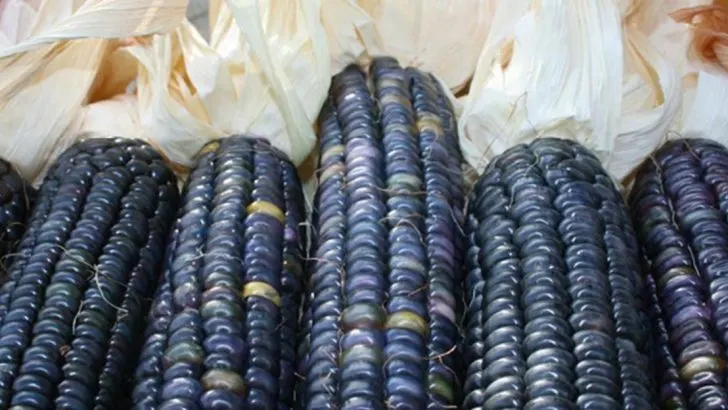In a world of commercial hybrids and mass production, many heritage seed varieties have quietly disappeared — taking with them flavors, stories, and resilience developed over generations. Fortunately, thanks to passionate gardeners and seed savers, some of these nearly-lost treasures have been rescued from extinction.
In this article, we explore 18 remarkable heritage seeds that came dangerously close to vanishing forever. From vibrant heirloom tomatoes to ancient grains and regional beans, these seeds tell a story of culture, survival, and the importance of biodiversity in our gardens.
Celebrate the legacy of plants that almost disappeared — and learn how you can help preserve them for the future.
Cherokee Purple Tomato
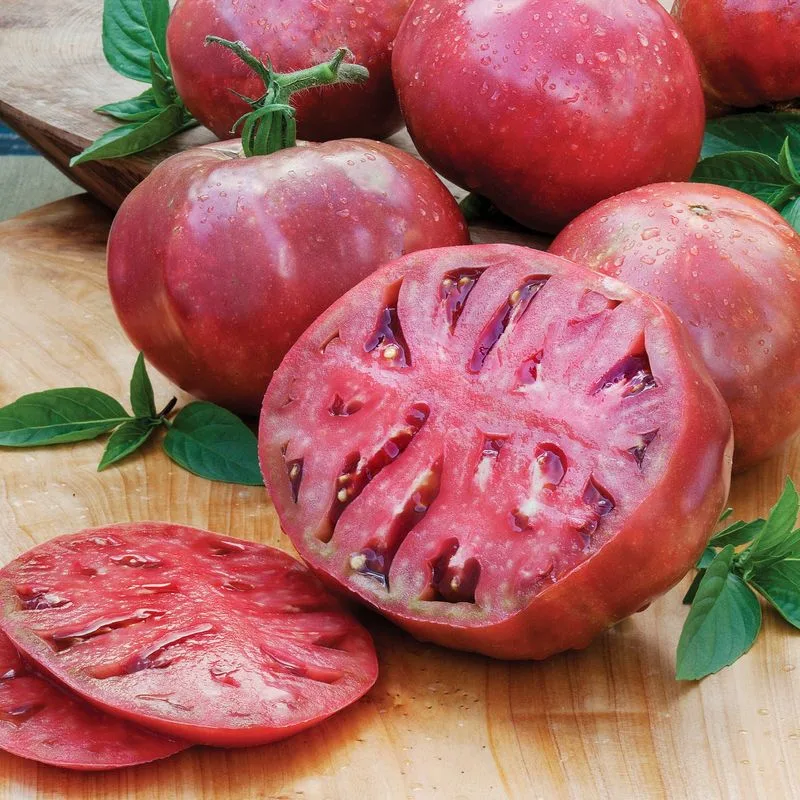
With its deep, dusky color and rich flavor, the Cherokee Purple tomato stands as a testament to agricultural resilience. This heirloom variety, cherished by the Cherokee tribe, was nearly lost during the industrialization of agriculture. Through the dedication of seed savers, it has reemerged as a favorite among organic gardeners. Its unique taste, often described as sweet yet slightly smoky, adds a gourmet touch to any dish. Ideal for sandwiches or salads, this tomato is not just a culinary delight but a piece of cultural heritage.
Moon and Stars Watermelon
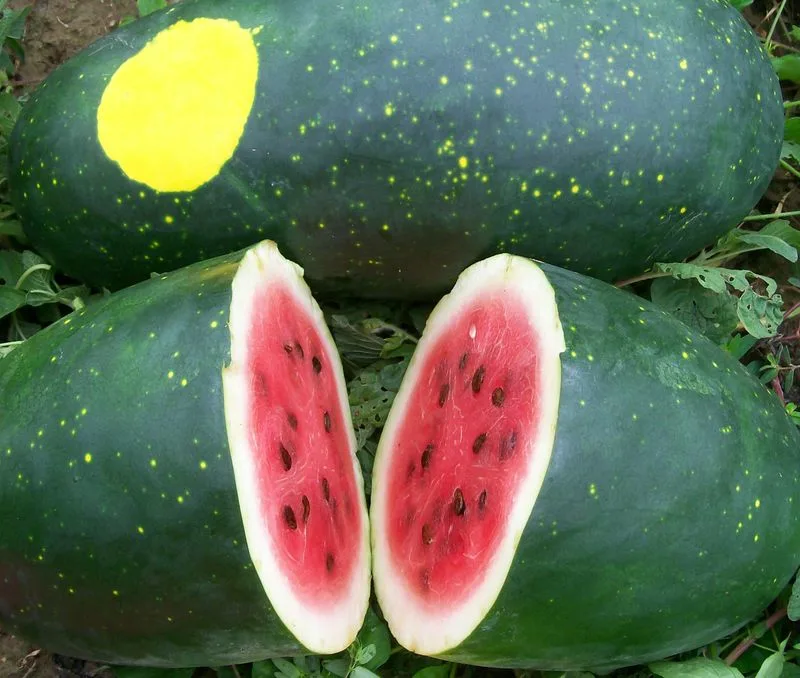
Imagine biting into a watermelon so distinct, it was considered lost until a diligent farmer rediscovered it in Missouri. The Moon and Stars watermelon captivates with its celestial-patterned rind, a true visual treat. Brought back from obscurity, its sweet, juicy flesh is a refreshing reminder of the flavors enjoyed in the early 1900s. This watermelon not only quenches thirst but also tells a tale of rediscovery and persistence. Each slice offers a taste of history, perfect for summer gatherings.
Glass Gem Corn
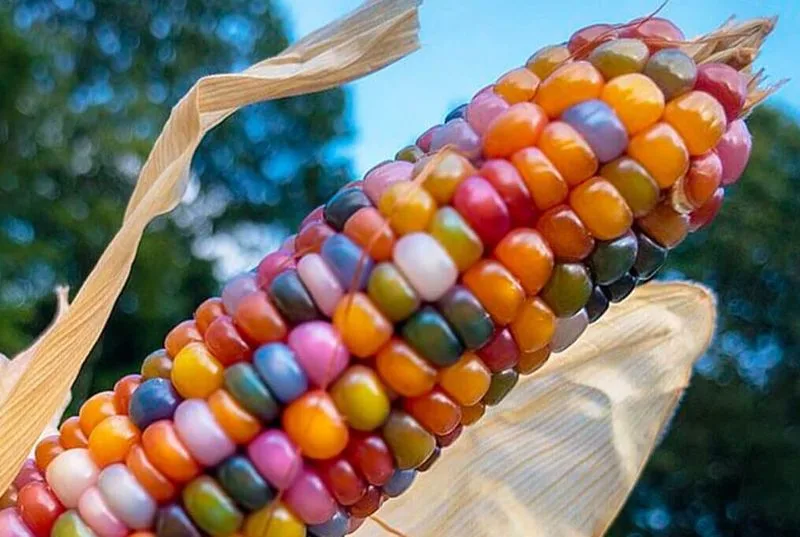
Few seeds capture the imagination quite like Glass Gem Corn. With kernels that shimmer like a rainbow, it’s easy to see why this corn almost vanished. Created by a farmer with a passion for native corn varieties, Glass Gem Corn wasn’t widely known until photos went viral on social media. Beyond its kaleidoscopic beauty, it serves as a versatile ingredient, suitable for popcorn or cornmeal. A symbol of agricultural artistry, it reminds us of the hidden gems within our heritage.
Lemon Cucumber
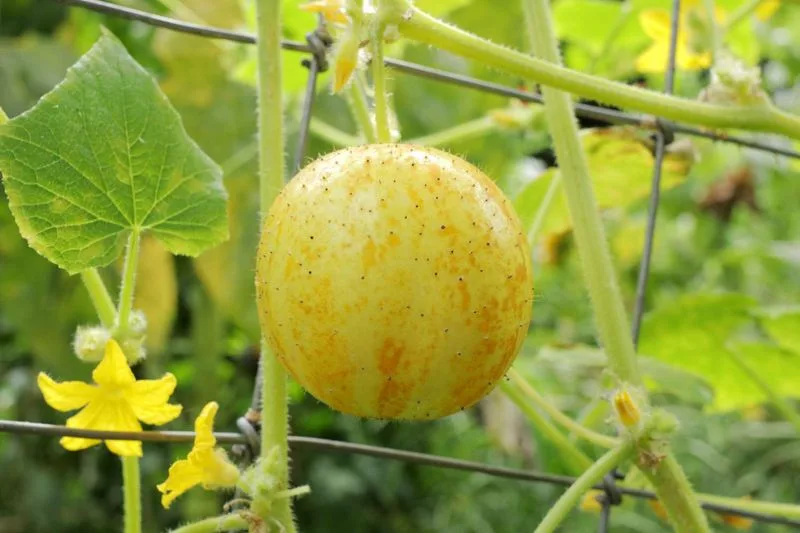
Not your typical cucumber, the Lemon Cucumber’s bright yellow, spherical shape is a head-turner. Nearly forgotten due to the preference for standard cucumbers, this variety was revived thanks to seed enthusiasts. Its crisp, mild flavor adds a refreshing twist to salads and pickles, bringing a burst of sunshine to the table. Beyond its culinary uses, growing Lemon Cucumbers can be a delightful gardening experience, merging beauty and utility.
Crimson Flowered Fava Bean

The Crimson Flowered Fava Bean is not just a plant but a visual feast. Known for its stunning red blossoms, this fava bean variety almost vanished from cultivation. Thanks to the efforts of preservationists, it now thrives in gardens, offering both beauty and nourishment. The beans are versatile, ideal for soups and stews, adding a delightful texture and flavor. This plant is an example of how aesthetics and utility can coexist harmoniously in nature.
Blue Hopi Corn
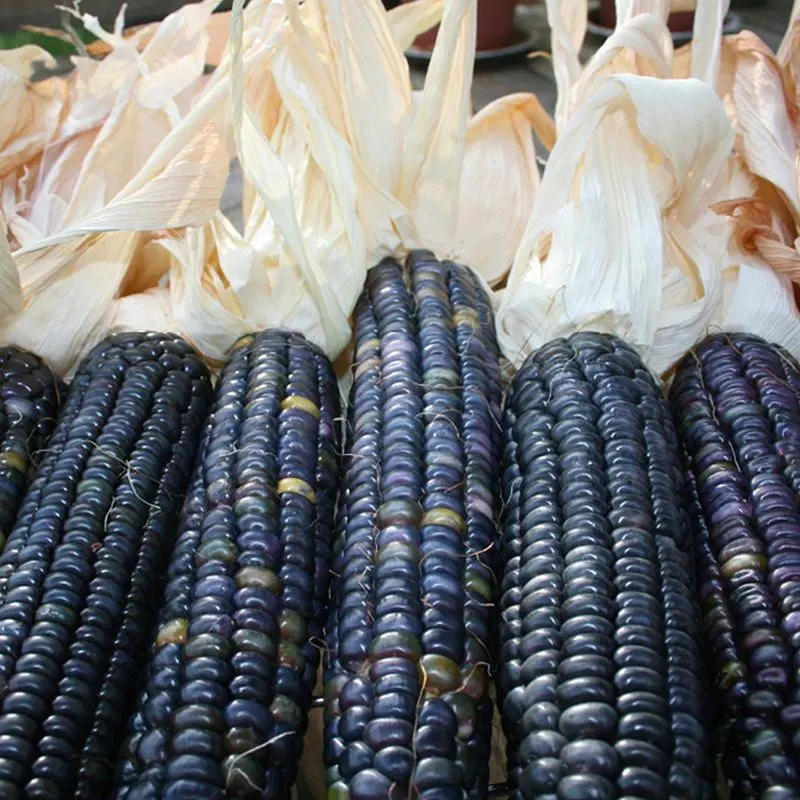
Deeply rooted in Native American heritage, Blue Hopi Corn stands as a cultural icon. This corn has played a vital role in the diet and rituals of the Hopi people for centuries. Its striking blue kernels were almost forgotten in modern agriculture’s rush for uniformity. Today, it is celebrated for its nutty flavor and nutritional value, often used in tortillas and tamales. A testament to the importance of preserving cultural traditions through agriculture.
Dragon Carrot
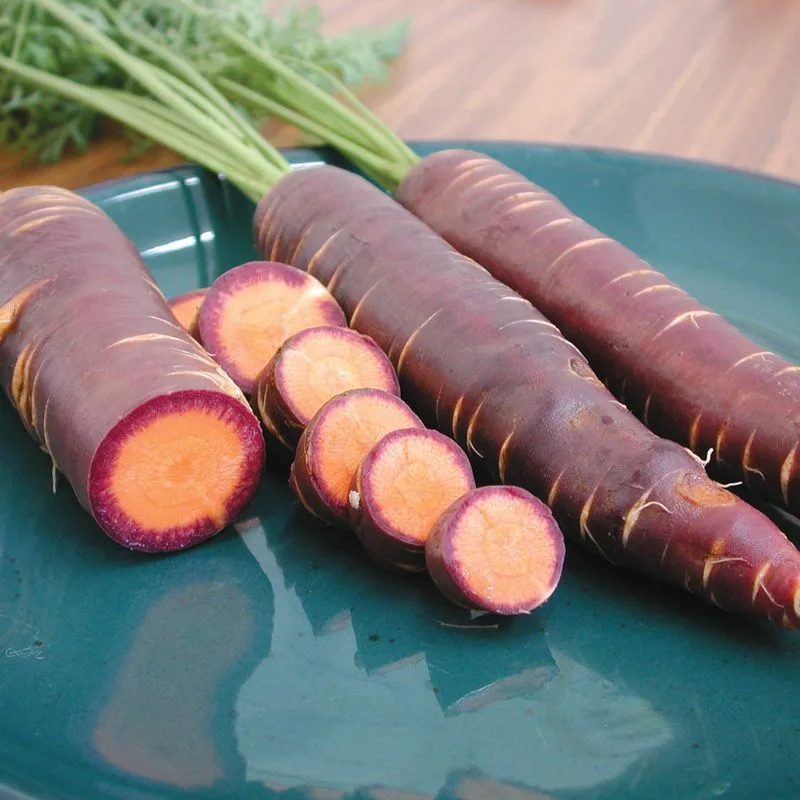
The Dragon Carrot is as mythical as it sounds, with a fiery hue that sets it apart from ordinary carrots. This striking root was nearly lost until passionate growers unearthed its potential. The bold, spicy flavor is a departure from the expected sweetness of garden-variety carrots. Perfectly suited for adding a splash of color and taste to dishes, Dragon Carrots are a reminder of nature’s creativity and diversity.
Jimmy Nardello’s Pepper
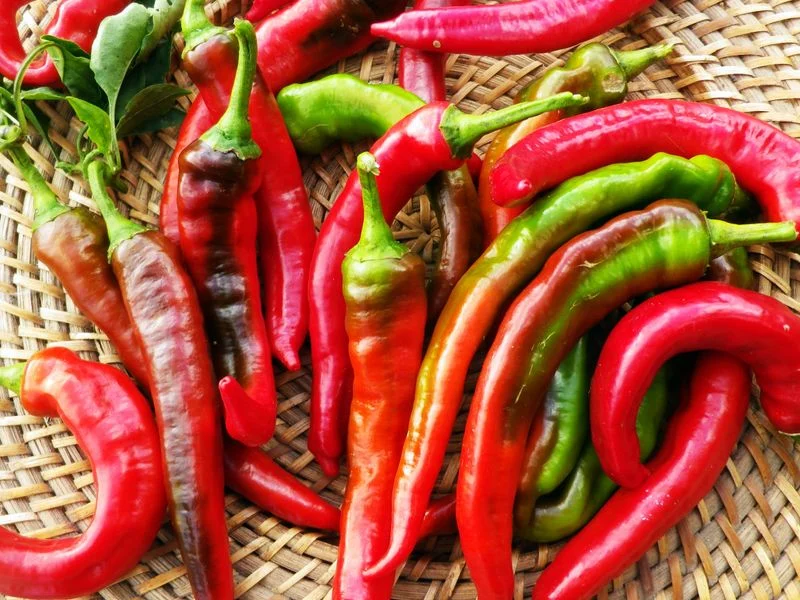
Jimmy Nardello’s Pepper owes its survival to a family’s dedication to preserving their heritage. Brought to the U.S. from Italy by the Nardello family, this sweet pepper nearly disappeared until it found a home in heirloom gardens. Known for its thin skin and rich flavor, it excels when fried or roasted. More than just a culinary delight, it’s a link to immigrant stories and the flavors they cherished.
Hubbard Squash
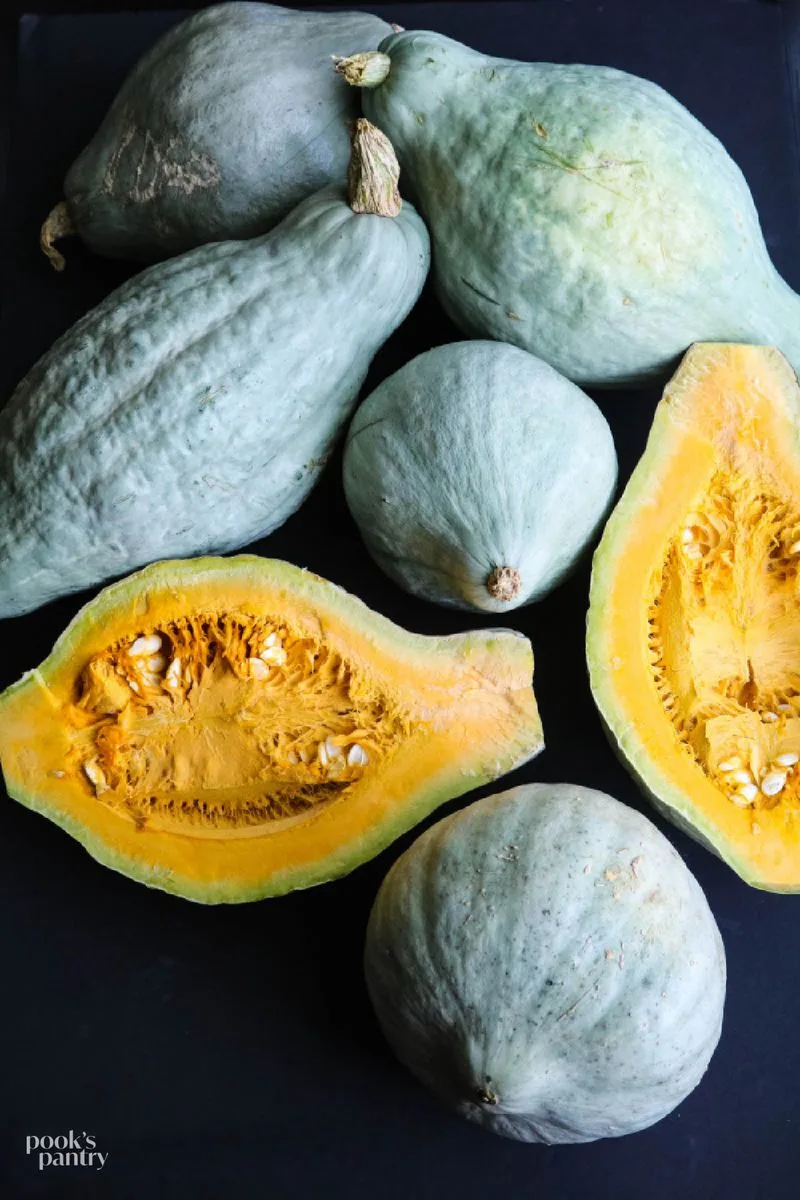
Towering and tough, the Hubbard Squash has an appearance that commands respect. Its bulky, knobbly exterior was once a staple in winter storage, but fell out of favor as smaller varieties gained popularity. However, its rich, sweet flesh remains unmatched for hearty soups and pies. By embracing this old-fashioned squash, we also embrace a legacy of sustainability and flavor that has nourished communities through harsh winters.
Orlando’s Red Lima Bean
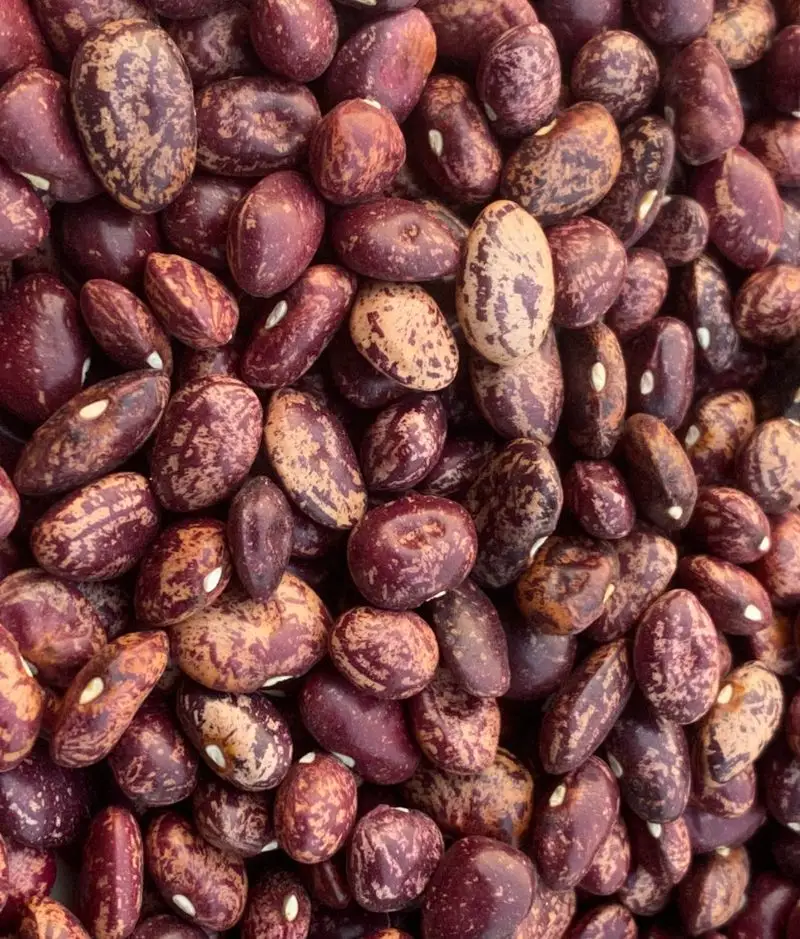
Orlando’s Red Lima Bean is not just a food item; it represents the perseverance of small-scale farming. This vivid red bean almost vanished as commercial varieties dominated the market. Its smooth texture and rich taste make it a favorite for stews and casseroles. Beyond its use in the kitchen, this bean tells a story of dedication to maintaining agricultural diversity and supporting local farming traditions.
Christmas Pole Lima Bean
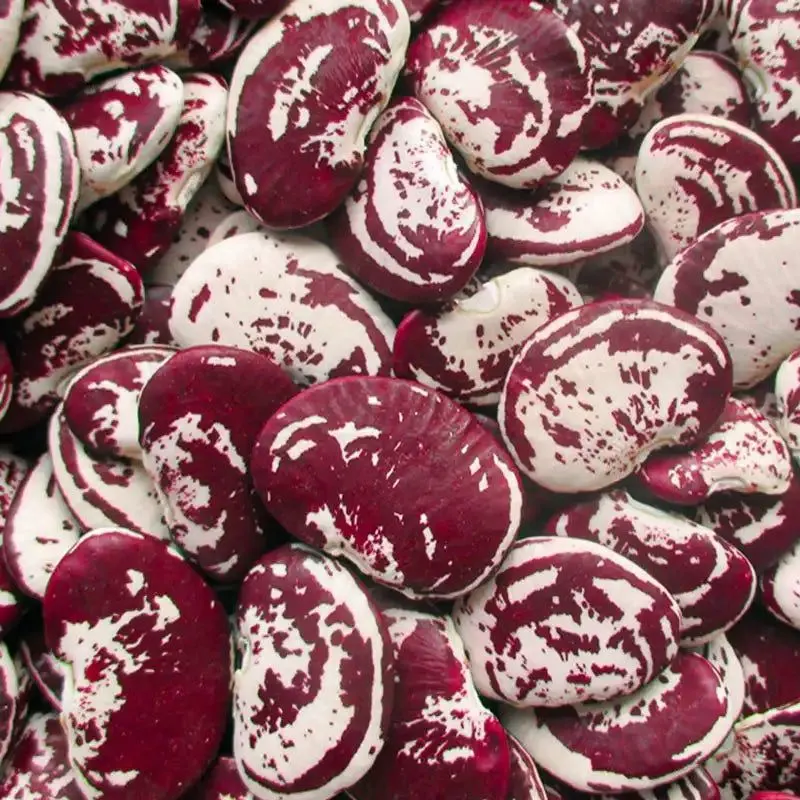
The Christmas Pole Lima Bean, with its festive colors, is a plant that lights up gardens as well as plates. Almost forgotten, it was saved by heirloom seed enthusiasts who appreciated its adaptability and flavor. Its buttery taste and creamy texture are perfect for a variety of dishes, offering a taste reminiscent of bygone holiday feasts. This bean celebrates the spirit of sharing and togetherness, fitting for any seasonal gathering.
Amish Deer Tongue Lettuce
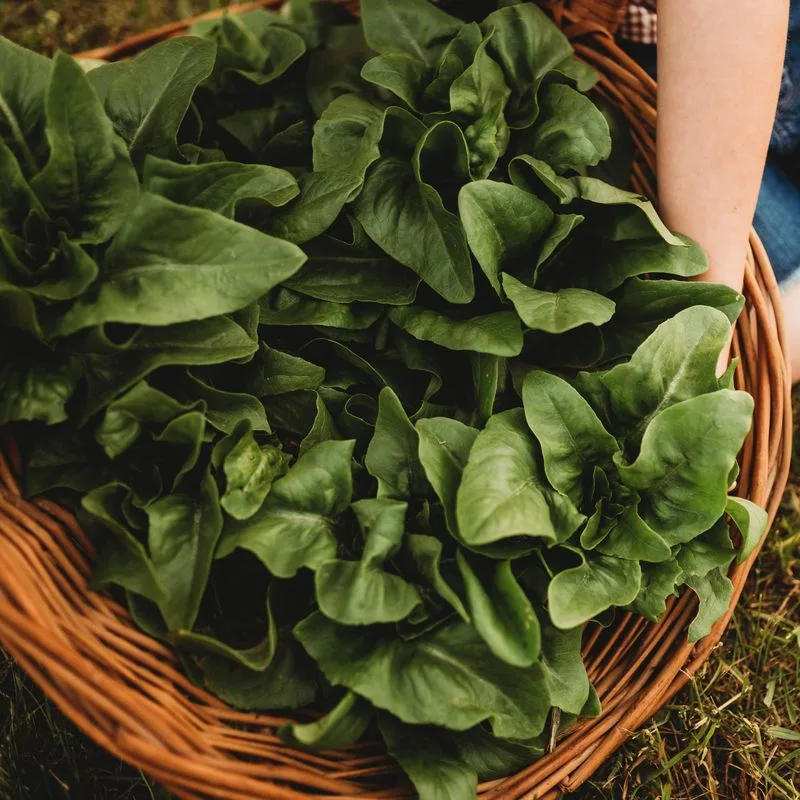
Characterized by its pointed leaves, Amish Deer Tongue Lettuce delivers a crisp texture and robust flavor that stands out among its peers. Nearly forgotten, this lettuce was preserved through the careful stewardship of Amish communities. Its name reflects both its unique shape and the community that kept it alive. Perfect for salads and sandwiches, it offers a bite of history with every leaf.
Painted Mountain Corn
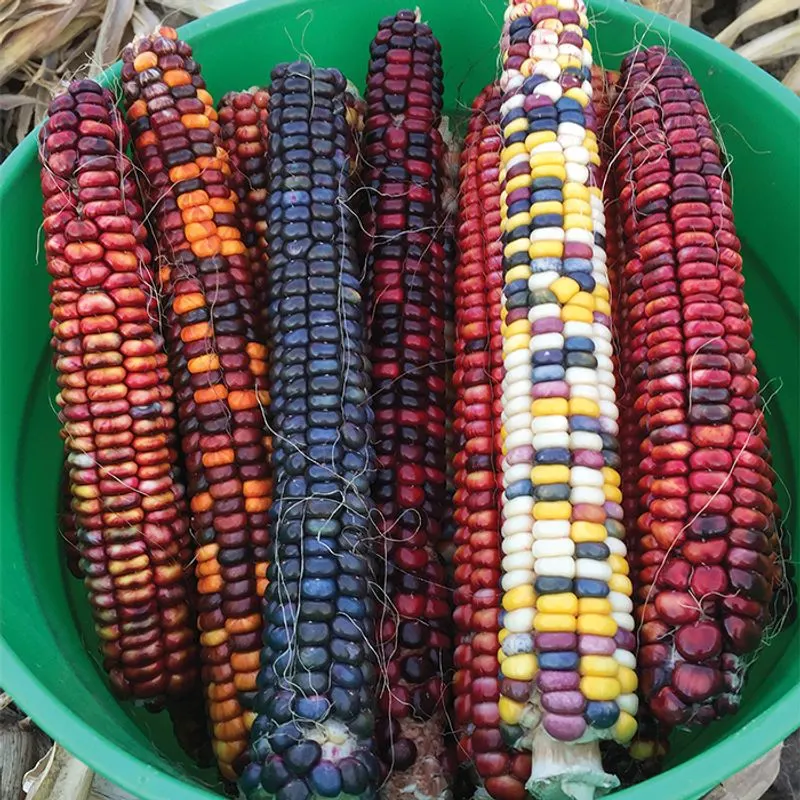
The vibrant Painted Mountain Corn illustrates the power of adaptability. Developed for harsh climates, this corn survived near extinction through careful breeding. Its stunning array of colors isn’t just for show; each kernel represents hardiness and nutritional value, ideal for flour and hominy. Grown in diverse conditions, it reflects a commitment to resilience and innovation in agriculture.
Siberian Kale
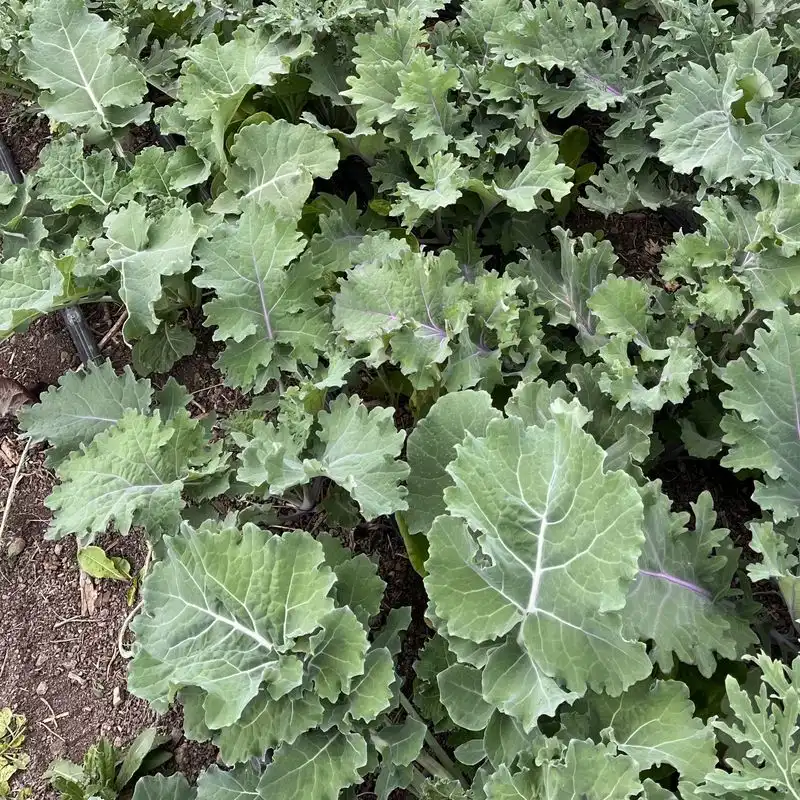
Siberian Kale, with its cold-hardy nature, survived against the odds. Once on the brink of being overlooked for trendier greens, it has made a comeback thanks to its nutritional benefits and versatility. Its curly leaves are perfect for hearty winter dishes, offering a robust flavor that holds up well in soups and sautés. This kale is more than just a trendy superfood; it’s a testament to enduring resilience.
Tennis Ball Lettuce
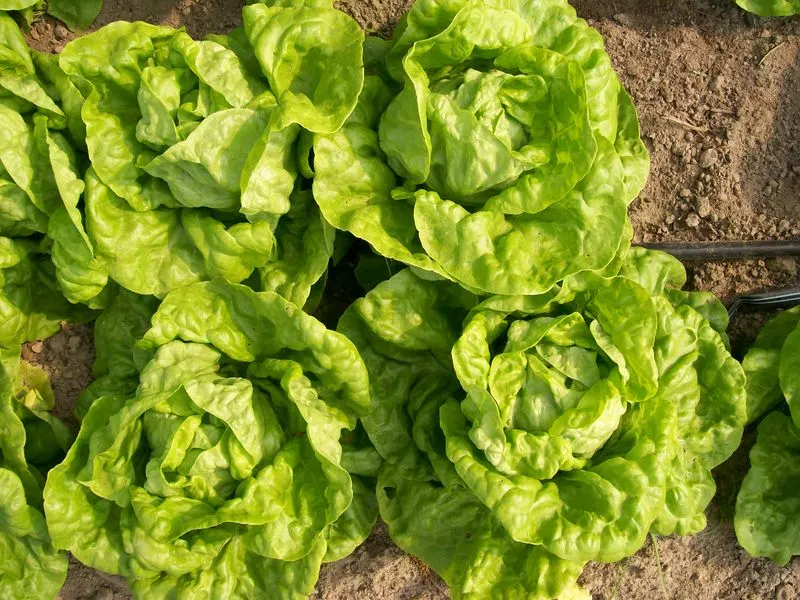
The charming Tennis Ball Lettuce, with its petite, round heads, almost disappeared due to its unconventional shape. However, its delicate texture and mild flavor have earned it a place in gourmet kitchens. Historically, it was a favorite in Monticello’s gardens, celebrated for its ease of growth and versatility. Its small size packs a punch in terms of taste, making it a delightful addition to any salad bowl.
Red Swan Bean
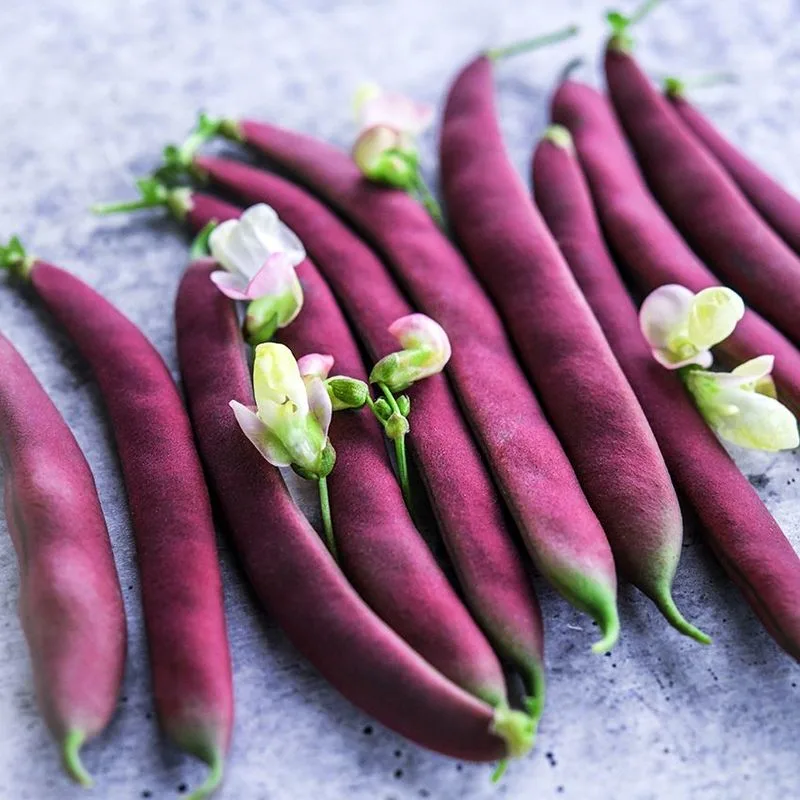
Red Swan Beans, with their striking burgundy hue, offer more than just visual appeal. Nearly forgotten, these beans were brought back into the spotlight by heirloom enthusiasts. Their tender texture and sweet flavor make them ideal for fresh eating or cooking. They embody a commitment to preserving unique varieties that add diversity to our plates and gardens. Each pod tells a story of rediscovery and renewal.
Kakai Squash
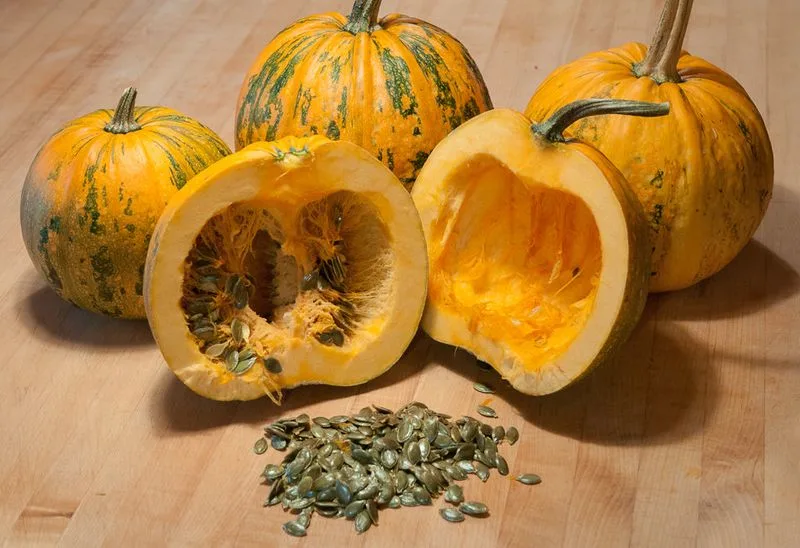
Kakai Squash is best known for its hull-less seeds, a rare trait that almost led to its disappearance. Revived by passionate growers, this squash is prized for both its decorative appeal and culinary versatility. The seeds are perfect for roasting, offering a nutritious snack filled with flavor. Its flesh can be used in various dishes, celebrating a plant that bridges the gap between ornamental and edible.

